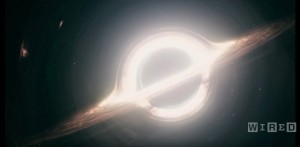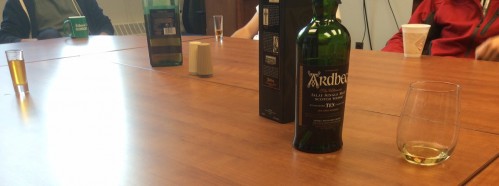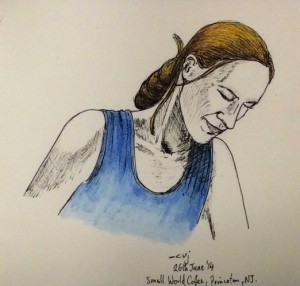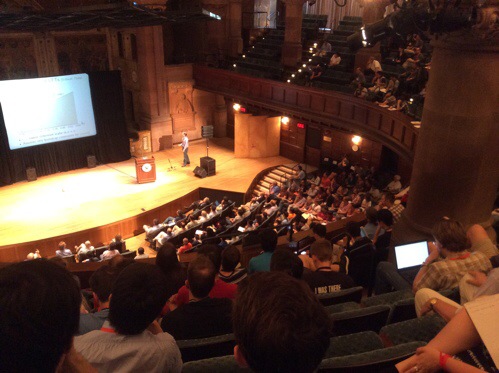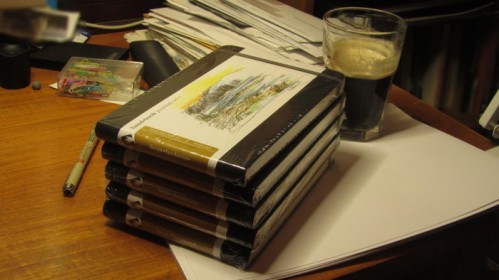The Visitors
 Yesterday I sneaked on to campus for a few hours. I’m on family leave (as I mentioned earlier) and so I’ve not been going to campus unless I more or less have to. Yesterday was one of those days that I decided was a visit day and so visit I did. I went to say hi to a visitor to the Mathematics Department, Sylvester James Gates Jr., an old friend who I’ve known for many years. He was giving the CAMS (Center for Applied Mathematical Sciences) distinguished lecture with the title “How Attempting To Answer A Physics Question Led Me to Graph Theory, Error-Correcting Codes, Coxeter Algebras, and Algebraic Geometry”. You can see him in action in the picture above.
Yesterday I sneaked on to campus for a few hours. I’m on family leave (as I mentioned earlier) and so I’ve not been going to campus unless I more or less have to. Yesterday was one of those days that I decided was a visit day and so visit I did. I went to say hi to a visitor to the Mathematics Department, Sylvester James Gates Jr., an old friend who I’ve known for many years. He was giving the CAMS (Center for Applied Mathematical Sciences) distinguished lecture with the title “How Attempting To Answer A Physics Question Led Me to Graph Theory, Error-Correcting Codes, Coxeter Algebras, and Algebraic Geometry”. You can see him in action in the picture above.
I was able to visit with Jim for a while (lunch with him and CAMS director Susan Friedlander), and then hear the talk, which was very interesting. I wish he’d had time to say more on all the connections he mentioned in the title, but what he did explain sounded rather interesting. It is all about the long unsolved problem of finding certain kinds of (unconstrained, off-shell) representations of extended supersymmetry. (Supersymmetry is, you may know, a symmetry that […] Click to continue reading this post




